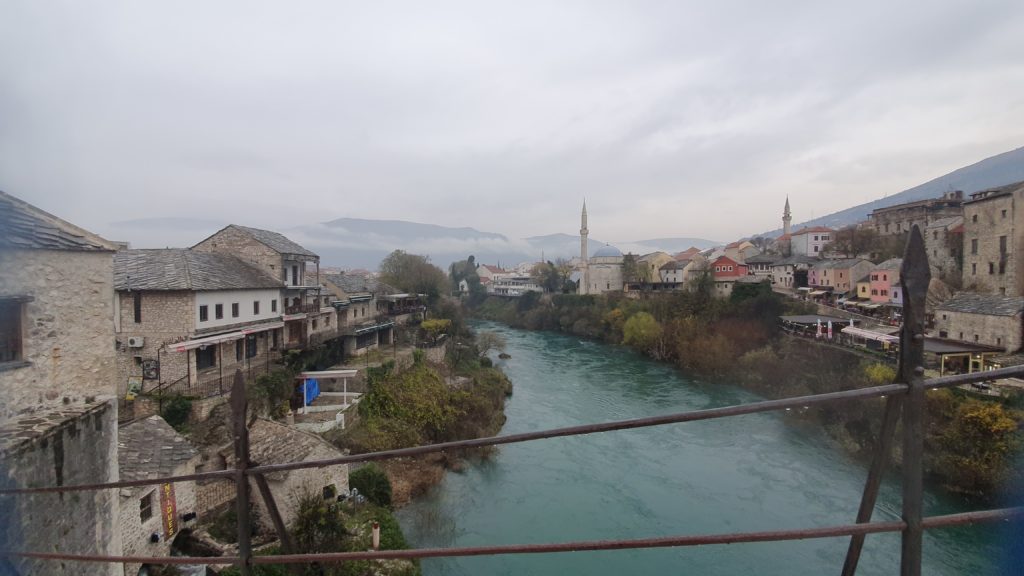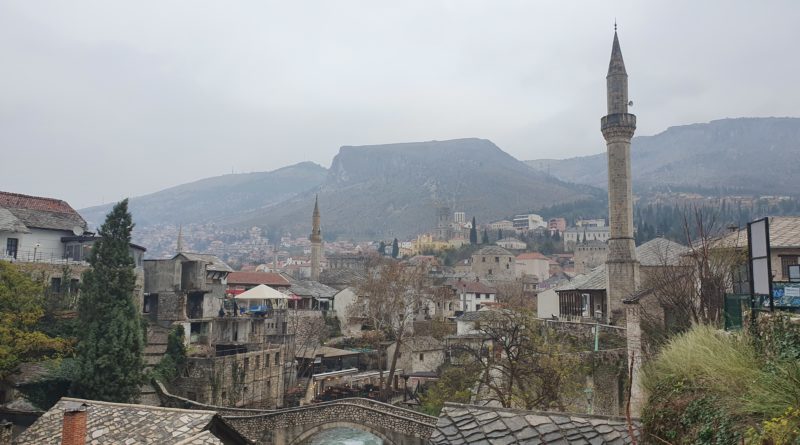Mostar in Bosnia – Exploring the Rich History and Culture
Nestled in the heart of Bosnia and Herzegovina, Mostar is a city that captivates visitors with its picturesque landscapes, rich history, and vibrant cultural heritage. This enchanting destination has emerged as a symbol of resilience, overcoming the scars of war to become a beacon of unity and diversity. In this article, we will delve into the diverse facets of Mostar, from its iconic landmarks to its cultural tapestry, and discover why it is a must-visit destination for travelers seeking a unique and immersive experience.
Historical Background:
Mostar’s history dates back to the medieval period when it was a key trading center under the Ottoman Empire. The city’s name is derived from the Old Bridge, or “Stari Most” in Bosnian, which was constructed in the 16th century and has since become the symbol of Mostar. The Old Bridge spans the Neretva River, connecting the two sides of the city and serving as a testament to Mostar’s historical significance.
The Old Bridge:
Stari Most, a UNESCO World Heritage Site, is not only an architectural masterpiece but also a symbol of resilience. During the Bosnian War in the 1990s, the original bridge was destroyed, but it was painstakingly reconstructed using traditional methods, and the new bridge was unveiled in 2004. Today, locals and tourists alike stroll along the cobblestone streets, crossing the Old Bridge to enjoy panoramic views of the Neretva River and the city’s skyline.

Old Bazaar Bazar Kujundžiluk:
Adjacent to the Old Bridge lies the Old Bazaar Bazar Kujundžiluk, a bustling market that has retained its authentic charm over the centuries. Here, visitors can meander through narrow alleys adorned with cobblestones, exploring an array of shops offering traditional Bosnian crafts, handmade jewelry, and local delicacies. The vibrant atmosphere of the bazaar provides a glimpse into Mostar’s cultural heritage, where East meets West in a harmonious blend.
Architectural Marvels:
Mostar boasts a diverse architectural landscape, reflecting its Ottoman, Austro-Hungarian, and Yugoslav influences. The Koski Mehmed Pasha Mosque, with its elegant domes and minarets, is a prime example of Ottoman architecture. In contrast, the neo-Renaissance architecture of the University of Mostar represents the city’s Austro-Hungarian legacy. Exploring these architectural gems offers a captivating journey through time and a deeper understanding of Mostar’s complex history.
Diverse Cultural Heritage:
Mostar’s cultural richness is evident in its diverse population, comprising Bosniaks, Croats, and Serbs, among other ethnic groups. This amalgamation of cultures is reflected in the city’s music, dance, and cuisine. Visitors can witness traditional performances, such as the Sevdah music that embodies the soul of Bosnia, or indulge in local specialties like cevapi (grilled minced meat) and burek (flaky pastry filled with meat or cheese). Engaging with the local culture provides a more immersive experience and fosters a connection with the city and its people.
Mostar in Bosnia is a city that beckons travelers with its enchanting blend of history, culture, and resilience. From the iconic Stari Most to the diverse architectural landscape and the warm embrace of its multicultural community, Mostar offers a unique and immersive experience. As visitors traverse its cobblestone streets, they not only witness the scars of the past but also the indomitable spirit of a city that has risen above adversity, making Mostar a destination that leaves an indelible mark on the hearts of those fortunate enough to explore its wonders.

